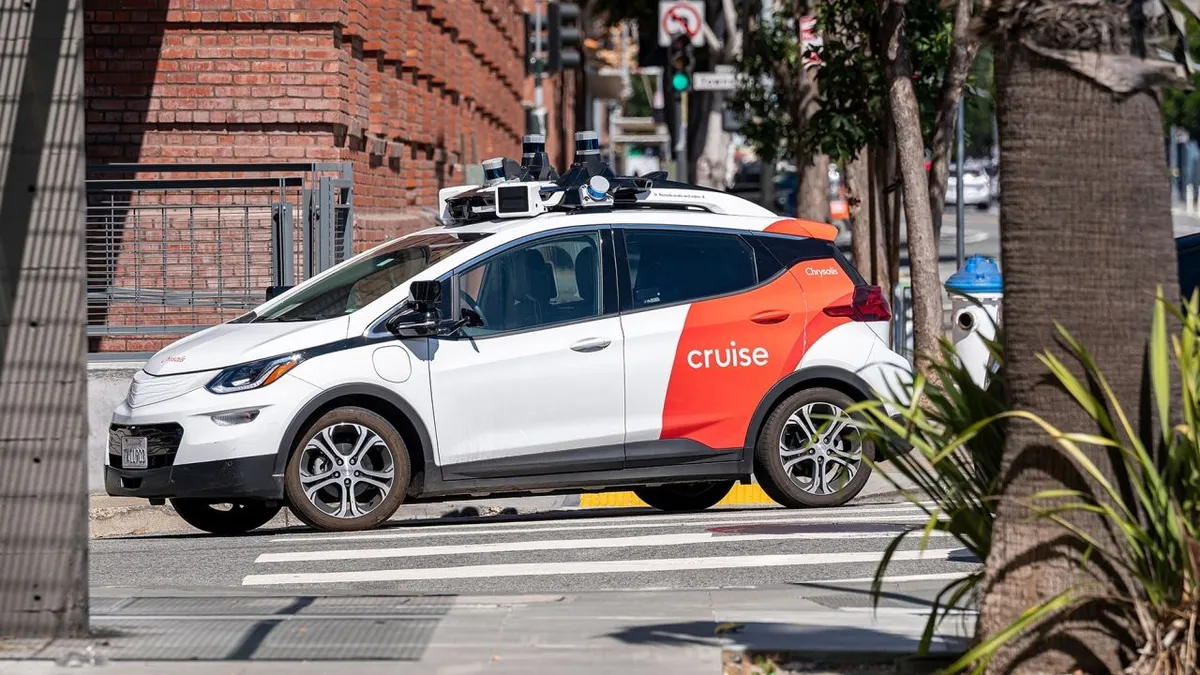The California authorities took action on Tuesday by suspending the testing of Cruise driverless cars in the state of California, where they were operating as robotaxis under General Motors. This decision was made due to ongoing safety concerns following a series of accidents and other issues.
The California Department of Motor Vehicles (DMV) stated that when there is an unreasonable risk to public safety, they have the authority to immediately suspend or revoke permits. This move came shortly after a self-driving vehicle operated by Cruise was involved in an accident in San Francisco. In this incident, the autonomous car struck a pedestrian who had been knocked in front of it by a hit-and-run driver.
Read More: Toyota Urges India to Reduce Hybrid Car Taxes by Up to 21% – Official Correspondence
Cruise responded to the permit suspension by pausing the operations of their driverless autonomous vehicles. In a statement, they expressed their devastation over the incident and their commitment to enhancing safety, even in rare scenarios like this one.
Video footage provided by Cruise showed the self-driving car and another vehicle moving through an intersection with a green light when the second car hit the pedestrian. The impact was severe, launching the pedestrian in front of the autonomous vehicle, which then braked aggressively to minimize the impact. The autonomous vehicle came to a stop on top of the injured woman, while the other car fled the scene.
The severely injured woman was trapped beneath the autonomous vehicle until first responders arrived. Firefighters coordinated with the Cruise control center to ensure the vehicle was securely stopped, and they used heavy rescue tools to lift it and extract the woman.
The driver of the initial vehicle that struck the woman was still being sought by authorities, according to Cruise. The company’s analysis of the accident suggested that if the fleeing vehicle had been operated by autonomous software instead of a human, it could have detected and avoided the pedestrian.
Cruise has maintained contact with investigators and regulators, providing them with video footage captured by the vehicle. California regulators have outlined the necessary steps for Cruise to reinstate permits for its driverless cars. The suspension does not affect Cruise’s autonomous cars that have “safety drivers” on board, ready to take control in case of emergencies.
General Motors CEO Mary Barra expressed confidence in Cruise’s growth potential, emphasizing that safety remains a top priority. The company has funding plans in place to support Cruise’s expansion.
In August, California authorities expanded driverless taxi services in San Francisco, allowing Waymo and Cruise to compete with ride-sharing services and traditional taxis. The California Public Utilities Commission granted Waymo and GM-owned Cruise the ability to operate 24-hour robotaxi services in San Francisco.
Driverless cars were first introduced in San Francisco in 2014, initially requiring a human “safety driver” on board. However, in 2018, California removed this requirement. The move to fully autonomous vehicles has generated a range of opinions, with some expressing concerns about safety, while others see them as a solution to various issues, including climate change and traffic congestion. Since their introduction, driverless cars have been involved in various problematic incidents, such as obstructing roadways and interfering with emergency services.

